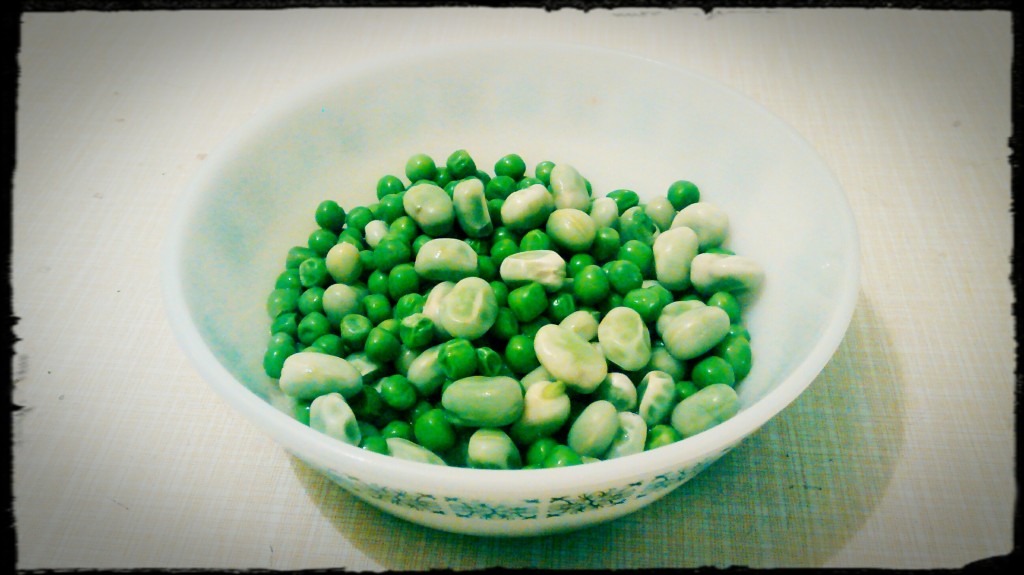
Legumes contain slow release carbohydrates. Legume digestion rates are slowed by the presence of tough cell walls.
Legume digestion is interesting to nutritionists because legumes have beneficial glycaemic effects. In particular legumes are able to lower postprandial glycaemia and this may explain their inverse association with body weight. Peanuts are legumes and consumption of peanuts has been shown to be inversely associated with weight gain and body weight. Tree nuts too have similar properties which may give clues as to the mechanism by which legumes and nuts can regulate body weight. Nuts have tough parenchymal cell walls, and studies show that the contents of the cells are protected from human digestive enzymes. A number of studies investigating legume digestion have come to similar conclusions (here and here). Findings from these studies tend to agree that the tough parenchymal cell wall in legumes is a requirements for their beneficial effects on postprandial glycaemia. In this capacity, the cell walls act as a physical barrier to digestive enzymes and this slows, and in some cases prevents the release of starch during legume digestion.
A study published in the American Journal of Clinical Nutrition in 19851 investigated the factors that may affect legume digestion. To these ends the researchers used an in vitro model for digestion using α-amylase and amyloglucosidase so they could chemically assess the rate of starch hydrolysis. Addition of butter and an emulsion did not slow the rate of hydrolysis of the starch in legumes, suggesting that fat has no effect on legume digestion. The authors next tested the effects of the viscosity on the rate of hydrolysis by measuring the diffusion rate of glucose from a viscous solution of ground red kidney beans. The presence of the red kidney beans did not inhibit the release of glucose compared to less viscous control minus the red kidney bean, suggesting that the viscosity produced by the soluble fibre is not responsible for slowing starch hydrolysis during legume digestion. When the authors tried the same experiment with lentils in place of red kidney beans they got the same results. Shaking the mixture did not increase starch hydrolysis rates.
When the authors assessed the rate of hydrolysis of starch from canned beans in tomato sauce and home cooked beans they reported significant increases in the starch hydrolysis rate from the canned beans. Because beans contain sugars that can be hydrolysed to monosaccharides by invertase, the authors suggested that the presence of these digested sugars may have affected the results. However, when they controlled for the presence of the sugars they still reported increase starch hydrolysis rates from canned beans. Therefore the canning process, possibly the high temperatures, may be responsible for the increased rate of starch hydrolysis by breaking down the cell walls. Grinding the legumes finely prior to cooking significantly increased the starch hydrolysis rates compared to mashing following cooking. This suggests that it is the presence of an intact cell wall that is required for the inhibition of the rate of starch hydrolysis in legumes digestion. This calls into question the ability of fibre to delay legume digestion in the absence of an intact cell wall.
RdB
